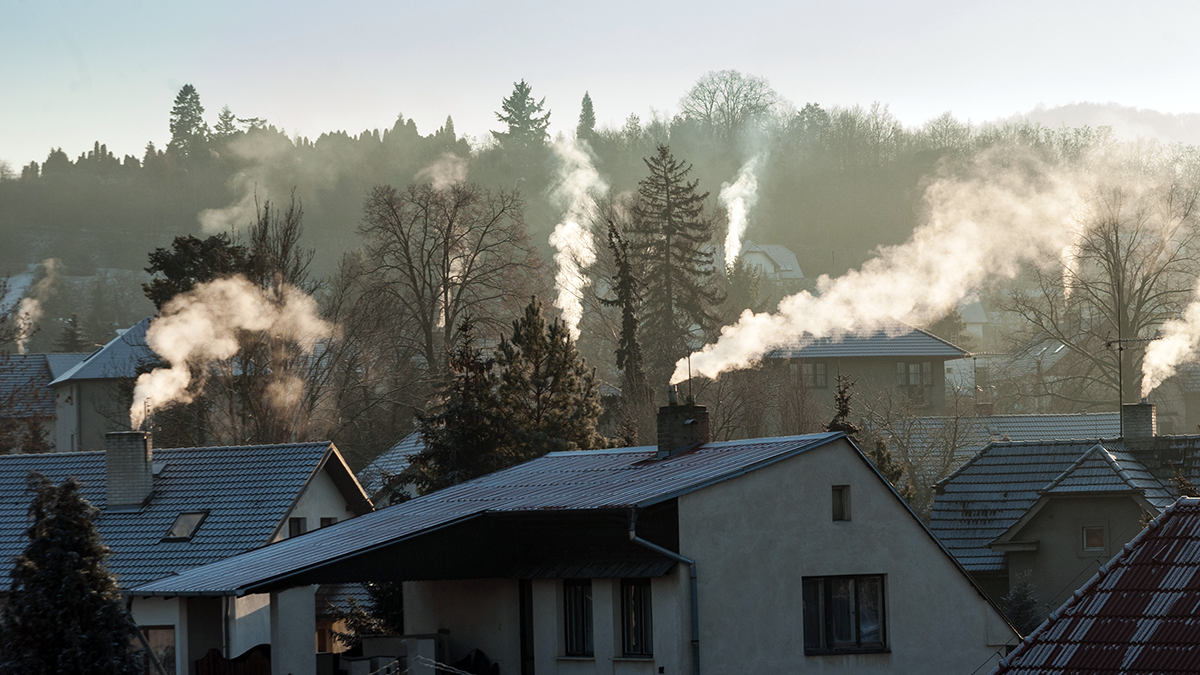Waste burning is producing compounds known to be harmful for air quality and health

Although the small-scale waste burning in households is banned in most countries, still a large percentage of households burn household waste, such as cardboard, newspapers, cartons, along wood. In households, municipal solid waste (MSW) is often burned along with wood to get rid of waste, to help in ignition or simply to reduce fuel costs. The aim of this study, made in collaboration with Tampere University and Estonian Environmental Research centre, was to characterize the influence of household waste combustion, along with wood, on the physical and chemical properties of particulate emissions in a flue gas of a masonry heater.
The MSW burning alongside wood increased average particulate matter (PM) mass, lung deposited surface areas (LDSA) and black carbon concentrations. The influence of MSW was smaller during ignition and burning phases, but especially during fuel additions, the mass, number, and LDSA concentrations increased significantly and their size distributions moved towards larger particles.
For wood burning the trace metal emissions were relatively low, but significant increase (up to 180-fold increase) was seen when MSW was burned along the wood. High ratios were observed especially during fuel addition phases but, depending on compounds, also during ignition and burning end phases. The highest ratios were observed for chloride compounds; HCl, KCl, NaCl. The observed increase in light-absorbing particle, trace metal and BC concentrations in flue gas when adding wood with MSW are likely to have negative impacts on air quality, visibility, human health and climate. Furthermore, metals may also affect the condition and lifetime of the burning device due to corrosion.
For more information:
Senior researcher, docent Hilkka Timonen, hilkka.timonen@fmi.fi
Timonen, H., Mylläri, F., Simonen, P., Aurela, M., Maasikmets, M., Bloss, M., Kupri, H.-L., Vainumäe, K., Lepistö, T., Salo, L., Niemelä, V., Seppälä, S., Jalava, P. I., Teinemaa, E., Saarikoski, S., and Rönkkö, T.: Household solid waste combustion with wood increases particulate trace metal and lung deposited surface area emissions, Journal of Environmental Management, 293, 112793, https://doi.org/10.1016/j.jenvman.2021.112793, 2021.
